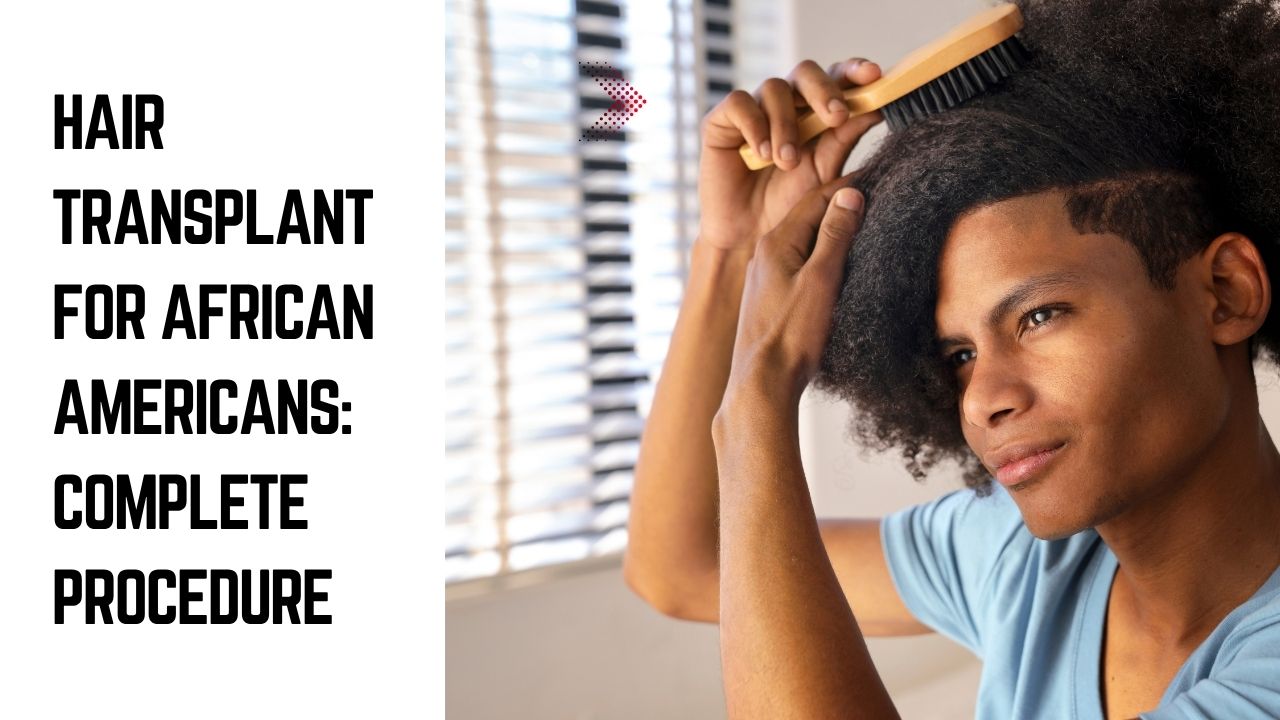Hair loss can be a difficult and emotional experience, especially for African American men and women whose hair type requires specific care. Textured hair is uniquely beautiful, but it also comes with challenges that standard hair restoration methods may not fully address. From curly follicle structures to the potential for keloid scarring, the approach must be tailored to ensure natural, lasting results. Fortunately, advances in technology and technique now make hair restoration safer and more effective than ever before. This article provides a step-by-step breakdown of the entire transplant process — from consultation to recovery — designed specifically for individuals with textured hair. If you’re considering a hair transplant for African American hair types, understanding the full procedure is your first step toward confident results.
Understanding the Unique Challenges of Textured Hair
African American hair is beautifully diverse but presents unique challenges during transplant surgery. The follicles tend to be more curved or C-shaped beneath the skin, which increases the risk of follicle damage (transection) during extraction if not handled properly. Additionally, the hair typically grows in tight curls, and maintaining that curl pattern is crucial for a natural-looking result.
These factors make it essential to work with a surgeon who has specific experience in ethnic hair restoration. A generic approach may lead to poor growth, scarring, or unnatural outcomes.
Hair Transplant Techniques for African American Patients
There are two main techniques for hair transplant surgery:
- FUE (Follicular Unit Extraction): Individual grafts are removed one by one using a micro-punch. Preferred for its minimal scarring and precision in African American hair types.
- FUT (Follicular Unit Transplantation): A strip of scalp is removed and dissected into grafts. This method can offer more grafts but may result in a visible linear scar.
For most African American patients, FUE is often the go-to choice, especially when performed using tools designed for curly hair. Surgeons may use custom punches that account for the hair’s curl beneath the skin, greatly reducing the risk of graft damage.
Step-by-Step Procedure Breakdown
1. Donor Area Preparation
The donor site is cleaned, trimmed, and numbed using local anaesthesia. Care is taken to preserve the hairline shape and minimise disruption to the surrounding hair.
2. Graft Extraction
Using specialised curved punches, the surgeon gently extracts individual follicular units. Each graft is carefully handled to prevent curl disruption and is stored in a hydrating solution to preserve viability.
3. Recipient Site Creation
Tiny incisions are made in the balding or thinning areas. The surgeon must angle the incisions precisely to match the natural curl pattern and direction of the surrounding hair. This careful placement is especially important for textured hair, where growth patterns vary. Proper angling ensures a seamless, natural-looking result that blends perfectly with existing hair.
4. Graft Implantation
Grafts are inserted one at a time into the recipient sites using micro-forceps. This process is meticulous, as it determines the naturalness of the final result. Curl pattern, density, and direction are closely monitored throughout the process.
The entire process can take several hours, depending on the number of grafts involved.
Post-Procedure Care & Recovery
Postoperative recovery is relatively smooth, but it requires specific care for textured hair. Here’s what to expect:
- First 48 hours: Swelling and slight discomfort are normal. Keep the area clean and avoid direct sunlight.
- Days 3–7: Scabs will form and naturally begin to fall off. Avoid touching or picking.
- Weeks 2–4: A “shedding” phase may occur where transplanted hairs fall out — this is expected and temporary.
- Months 3–12: New growth emerges, gradually thickening and taking on a natural curl pattern.
It’s essential to avoid tight hairstyles, chemical treatments, or excessive manipulation during this period. Your surgeon may also recommend gentle, sulfate-free products to aid healing.
Long-Term Results & Maintenance
Hair restoration results become noticeable within 3–6 months, with full growth typically visible around 12 months. The transplanted hair grows like natural hair — you can wash, cut, and style it as usual, with no special products needed. For African American patients, the natural curl and density often create the appearance of fuller results with fewer grafts compared to straight hair. This unique texture can enhance the outcome, but some individuals may still consider a second procedure for added density or refinement. Long-term maintenance is minimal, though follow-up consultations help ensure lasting success. With proper care, expert technique, and a customized plan, your results can be both natural-looking and permanent, blending beautifully for years.
Conclusion
Choosing to undergo a hair transplant is a major decision, especially for African American individuals whose hair requires specialised care. When performed by an experienced surgeon who understands textured hair, the procedure can deliver natural-looking, long-lasting results with minimal scarring. From careful graft extraction to curl-conscious implantation, every step matters. With proper planning, technique, and aftercare, patients can regain not only their hair but also their confidence. If you’re exploring options for permanent hair restoration, a hair transplant for African American hair types offers a safe and effective solution tailored to your unique needs.
